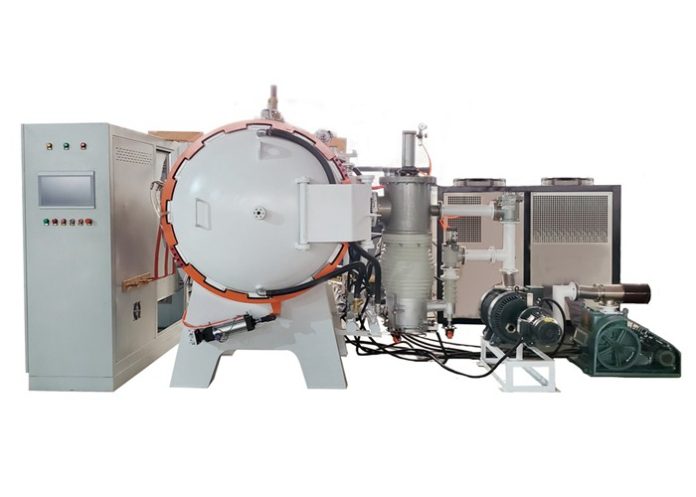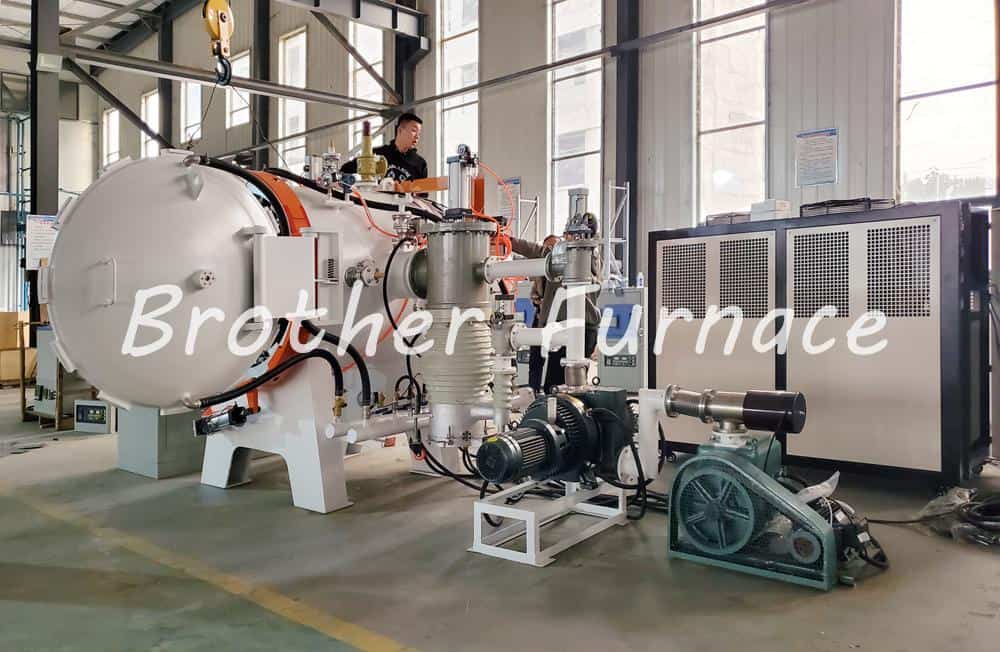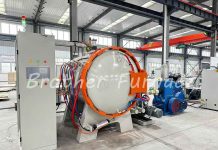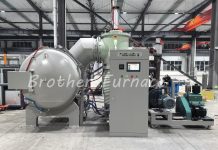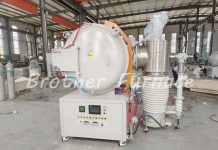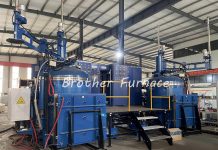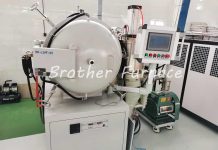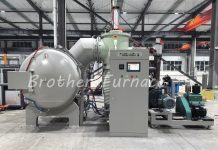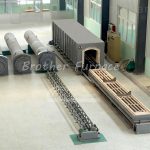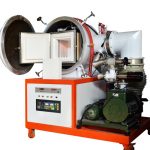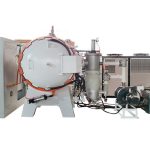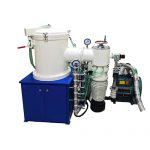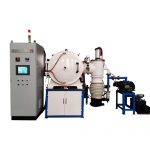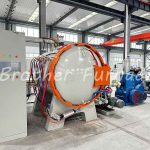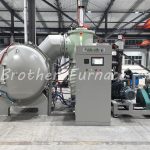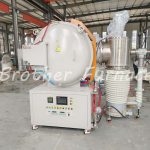Vacuum oil quenching and vacuum period quenching both belong to the vacuum quenching heat treatment process. In the introduction of vacuum oil quenching and gas quenching before, we first look at the concept of vacuum quenching.
Vacuum quenching refers to the rapid cooling of parts in a vacuum furnace in order to achieve a bright quenching of parts, the rapid cooling medium is mainly gas (such as inert gas), water, quenching oil, etc. Vacuum quenching has been widely used in a variety of carburized steel, alloy tool steel, high-speed steel, stainless steel quenching, and a variety of aging alloy solution treatments.
Vacuum quenching classification
Vacuum oil quenching: the workpiece is heated in the vacuum heating chamber, moved to the vacuum cooling chamber, then filled with high-purity nitrogen, and immediately sent to the quenching oil tank, quenching medium for oil. Quenching oil in the tank by violent agitation, and rapid cooling.
Vacuum gas quenching: the workpiece in the vacuum heating to the cooling chamber filled with high-purity inert (Ar) or inactive gas (N2) for rapid cooling. Quenching medium for the gas, suitable for gas quenching of high-speed steel and high-carbon high-chromium steel, mold steel category. Vacuum gas quenching is cleaner than vacuum oil quenching.
Application of vacuum oil quenching
Mainly used for alloy structural steel, bearing steel, spring steel, die steel, high-speed steel and other materials in the vacuum oil medium fire, for the above related materials annealing, air cooling and other processes.
Advantages of vacuum oil quenching
By vacuum oil quenching can obtain bright workpiece, good organizational properties, no oxidation of the surface, no decarburization. Oil quenching is faster than gas quenching cooling speed.
Vacuum gas quenching applications
Mainly used for vacuum gas quenching of tool steel, die steel, high-speed steel, ultra-high strength steel and other materials.
Advantages of vacuum gas quenching
Quenching medium uses high-purity inert gas (AR/HE) or non-reactive gas (N2). The smooth surface of the quenched workpiece without the need for cleaning oil media.
Learn more about our vacuum quenching furnace:
Follow us on Facebook

